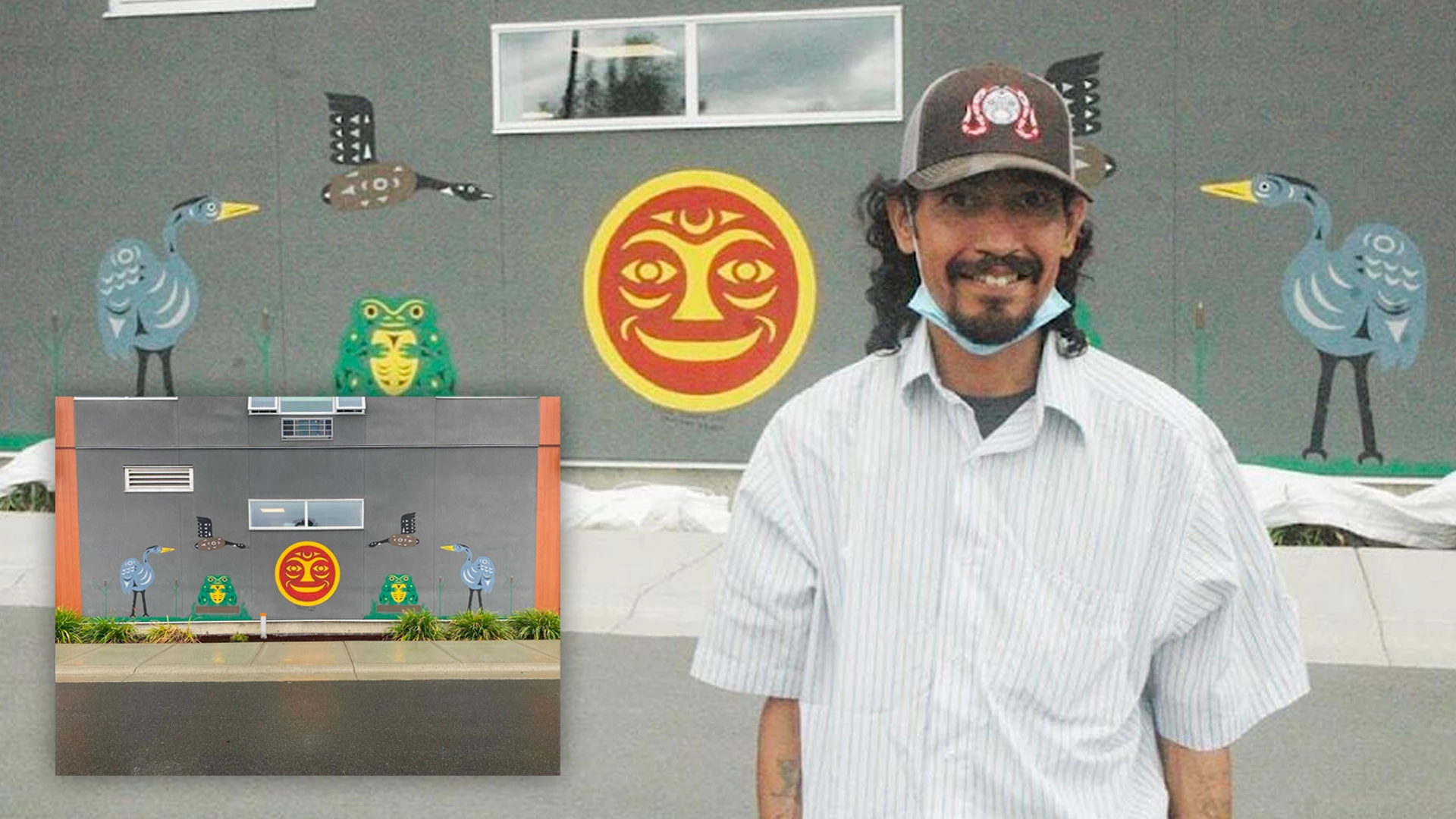Optima Living honours National Day of Truth and Reconciliation on September 30 with a commitment to continuous learning about the tragic impact of the residential school system on Indigenous Peoples. It’s also a promise to take steps toward reconciliation through our actions.
Inclusion is a vital part of making our residences feel like home, and we wanted to share a couple of examples of where our increasing understanding of the importance of Indigenous culture is taking us.
Some Optima Living communities have introduced smudging, a sacred ceremony of most First Nations whereby sweetgrass, sage, and/or cedar is burned to purify the body, mind, heart, and spirit of all persons who enter the ceremonial area.
Golden Sands in Lac La Biche is in Treaty 6 territory, and family members are welcome to engage in smudging with their loved ones. General Manager Kerri Jones explained that when an Indigenous resident is palliative, smudging is sometimes conducted, and their room is smudged after they pass away. Golden Sands has also held and continues to encourage Indigenous drumming events to promote a culturally attentive environment.
The Hamlets at Duncan is on the lands of the Quw’utsun people, and the five “hamlets” are named for local flora and fauna that have traditional significance for the Cowichan Tribe: “Salmon,” “Snowberry” and “Camas,” “Swan” and “Heron.” The signage is written in the Hul’q’umi’num’ language, with English translations as subtitles.
The Hamlets at Duncan created a sacred area and chapel called Su-li (the Hul’q’umi’num’ word meaning “spirit” or “soul”), which has additional ventilation to accommodate smudging ceremonies.
Recently, Cowichan Tribes’ artist Shawn Johnny painted a mural at the Hamlets at Duncan to honour the local First Nations. It contains Canadian geese, herons, and frogs, which are creatures you can find in the Somenos Marsh beside The Hamlets.
If you are on Vancouver Island, we hope you can experience the mural.
On this National Day for Truth and Reconciliation, and every day, we honour the Indigenous Peoples who share the land with us and who care for it still.
We end by acknowledging that the lands on which our communities stand that our care partners and residents call home are the traditional territories of diverse Indigenous Peoples – of the Cree and the Dene First Nations; the Blackfoot Confederacy, including the Siksika, the Piikuni, and the Kainai Peoples; the Métis Nation; the Stoney Nakoda and the Nakoda Sioux; the Musqueam, Squamish, and Tsleil-Waututh First Nations; the Syilx Okanagan Nation; the Secwepemc Nation; the Tk’emlups; the Tsuut’ina Nation; the Saulteaux; the Wesley, Chiniki, and Bearspaw; the People of Métis Nation of Alberta, Region 3; the Coast Salish Peoples; the Quw’utsun (Cowichan) Tribes; all Peoples of Treaty 4, 6 and 7 territories; and many more.
